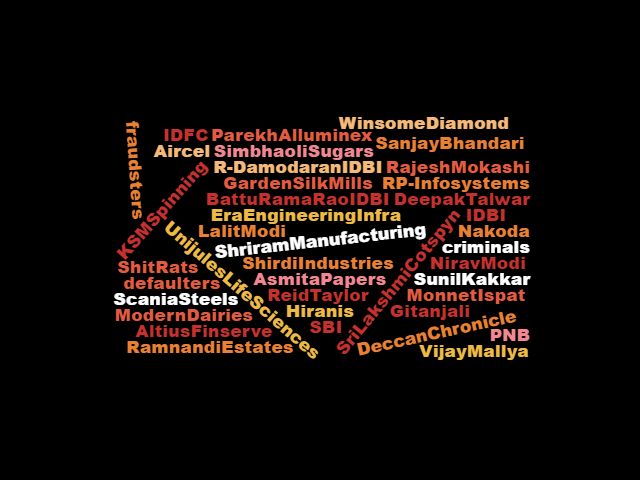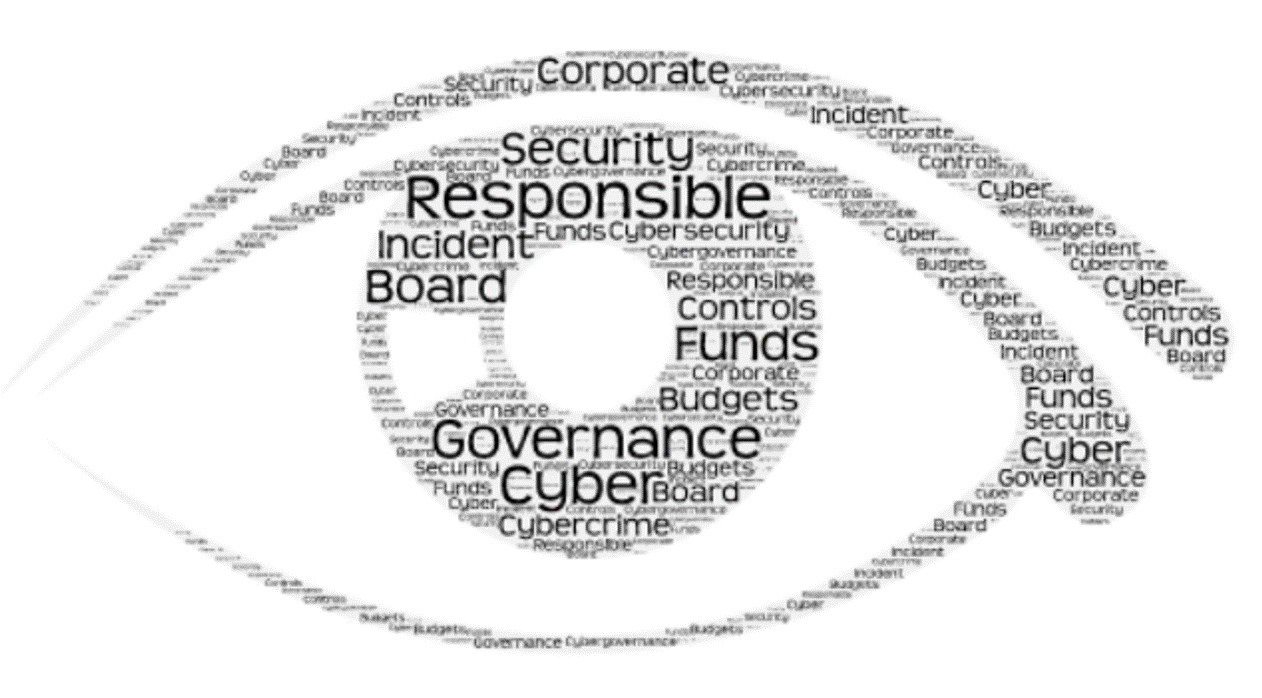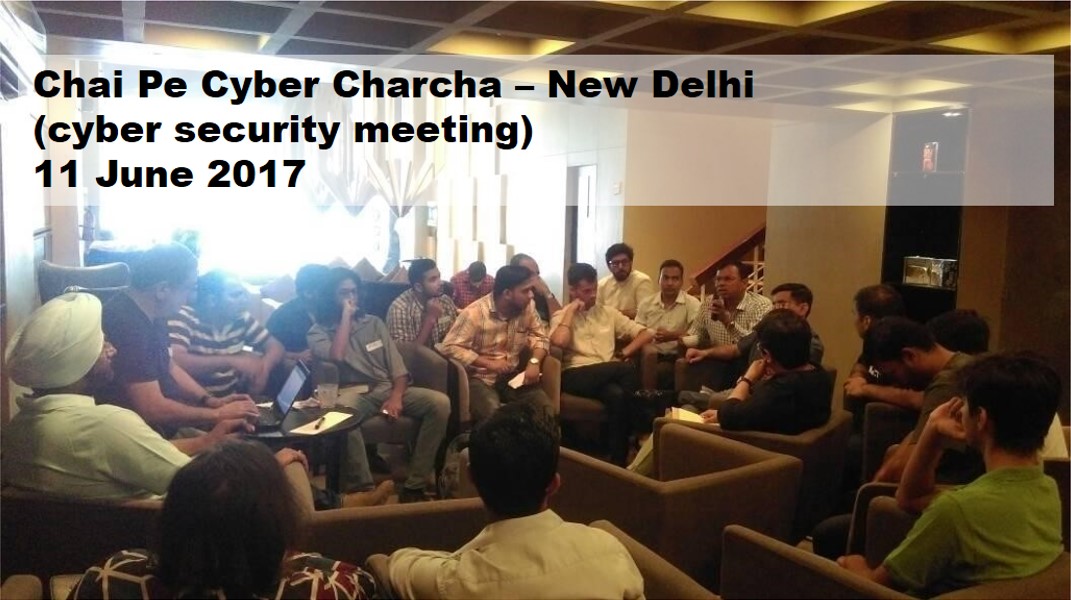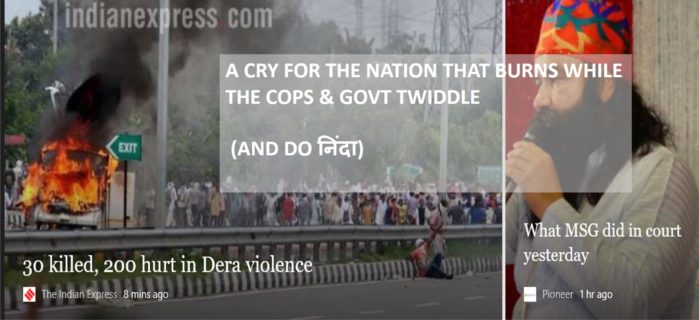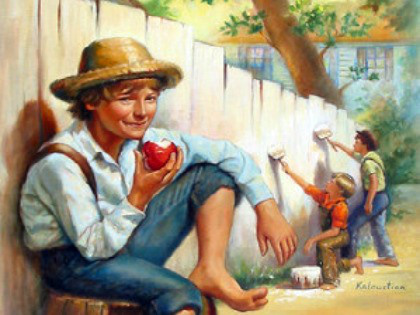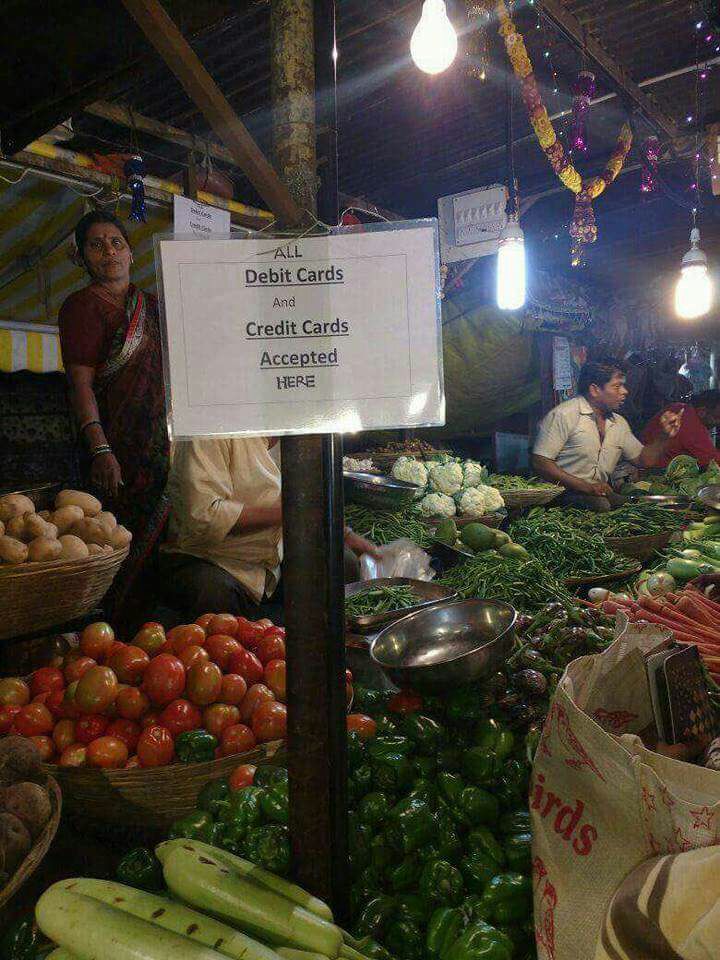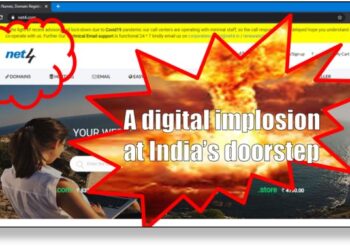By Dr Rakesh Goyal
28 December 2016
On 08 November 2016, PM Modi announced demonetisation of Rs. 500 and Rs. 1000 notes. This was about 86% of all cash in the hands with citizens. The total currency and coins in circulation are called M0 in Macro Economics. M0 was Rs. 17.55 lakh crores in India as on 08 November 2016 before demonetisation. Out of that Rs. 15.44 lakh crores was removed from circulation.
PM Modi asked for 50 days to sort out the issue. There have been long queues in front of banks to convert and deposit demonetised currency in the initial period of this 50 days. Now the queues have vanished. There have been restrictions on cash withdrawals, i.e. Rs. 24,000.00 per week. Is that limit sufficient?
Many people are complaining that the aam janata is affected due to currency shortage. Let us examine, how much currency is needed in the economic system.
Currency is mainly used by (a) individuals & households and (b) business. Apart from these, the currency is used by others illegitimate purposes such as bribes; hoarding of black money; terror / naxal funding; anti-national activities; etc.
Let us focus on usage of currency for legitimate purposes only. (a) Individuals & household and (b) business use the currency for following purposes –
- Running money – Money used for monthly working expenses. This may include part of salary / income and spend towards household expenses, EMI, children education, utility bills payment, domicile medicine, necessary travel, others purposes such as donations to temples, trusts, political parties. etc.
- Idle money – Legacy household savings kept for emergencies or just as buffer. This may include drip by drip accumulation of money by domestic savings and gifts, etc. Business does not keep idle money as this blocks working capital, which may bear direct cost and has opportunity cost.
PM Modi is almost successful in converting “Idle money” from cash to bank deposits. These can be used for economic activities for nation building. His objective is to eliminate idle money from the economic system.
Further, PM Modi is stressing or forcing people to move to Cashless Digital Transactions (CDT). But, CDT is a big challenge for citizens due to deficient support IT infrastructure, unfavourable costing, deficient cyber security, lack of awareness & education and lack of legal support system. See my paper at http://www.moneylife.in/article/5-hurdles-for-cashless-digital-transactions/49211.html or https://rakesh1blog.wordpress.com/2016/12/22/first-blog-post/). Thus, till these challenges are not properly addresses, cash transactions will stay.
In the light of above facts, let us estimate the cash requirements for legitimate economy (individuals & household, business and agriculture).
An individual or household need cash to incur day-to-day expenses such as on food, milk, clothing, local travel (train, taxi, bus, etc.), purchase of general provisions and entertainment. Other expenses such as rent, EMI, utility bills, school educational may be (or must be) shifted to cheque payments, if reliable CDT in not available. As per various studies, a household spend about 25%-50% of total expenses on food, milk, clothing, local travel (train, taxi, bus, etc.), purchase of general provisions and entertainment, depending upon monthly income.
A business needs cash to pay for initial investment, daily expenses and purchases (say working capital). Cash comes from sales to individuals & households or other business and used for replenishment or payment of salaries or overhead expenses. Extra cash is deposited in bank, which is used for payment to suppliers, wholesalers, distributors, etc. Business can shift to cheque for all purchases, rent, utilities bills and salaries. That will leave overhead expenses, which are around less than 10%-20% of their expenses.
For our calculations, let us take household as the unit for cash expenses. Individual and personal expenses on food, clothing, rent, general provisions, etc . are part of household expenses. There will be some personal / individual expenses, which we will club in household. Further, the earnings are also clubbed in household.
There are 130 crore citizens in India. Census 2011 calculated an average household size as 4.8. This means India has about 27 crore household.
These citizens can be divided into following categories, with calculation of their income and cash requirements –
- BPL citizens – Planning Commission (now NITI Auyog) estimated BPL citizens as 40 crores or 8 crore households with a household income Rs. Rs. 5000 per month for urban and Rs. 4000 per month for rural areas. Let us consider that they need 100% cash for their requirement.
- Non Income Tax Paying Citizens – Income Tax paying citizens are just 1.91 crores. Non IT paying citizens are = Total population of 130 crores less BPL 40 crores less tax paying citizens approx 2 crores = 88 crores or about 18 crore (rounded-off) households. Their income is less than Rs. 2.5 lakhs per year or less than Rs. 20 thousand per month. This will be in between Rs. 5000 per month (BPL) to Rs. 20000 per month. Consider a even distribution, we take an average income of Rs. 12500 per month or round-off to next higher Rs. 15000 per month. Let us consider that they need 50% of their income for their cash spending.
- Income Tax assesses paying less than 1.5 lakhs as tax – As per data released by Income Tax Department, 171 lakh assesses paid Rs. 1.5 lakhs or less as IT in AY 2014-15. This gives an annual income between Rs. 2.5 lakhs and Rs. 12 Lakhs. Let us consider these 171 lakh assesses as 171 lakh households (there may be two or three assesses in some households, but no such data is available) with an average annual income of Rs. 8 lakhs and 25% of their income as cash spending.
- Income Tax assesses paying over 1.5 lakhs as tax – Same data by Income Tax Department says 19.18 lakh assesses paid over Rs. 1.5 lakhs as IT in AY 2014-15. This gives annual income over Rs. 12 Lakhs. Let us consider these 20 lakh (rounded-off) assesses as 20 lakh households (there may be two or three assesses in some households, but no such data is available) with an average annual income of Rs. 24 lakhs and 15% of their income as cash spending.
Businesses –
- MSME – As per Ministry of MSME, India has approx 5 crore MSME enterprise contributing Rs. 18 Lakh Crores to GDP. Thus average turnover is Rs. 3.6 lakhs / year or Rs. 30 thousands per month. A most of these are Micro and small size. Let us assume that they need cash for 40% of their monthly turnover. This means the cash turn-around time of 12 days.
- Retails – Traditional retails (kirana, general store, etc.) are estimated as 300 lakh units generating total turnover of Rs. 44 lakh crores as per CSO estimates. The average revenue per year is Rs. 15 lakhs or Rs. 1.2 lakhs per month approx. If their cash requirement is for their 1 week’s turnover, they need cash equivalent to 25% of their monthly turnover.
- Companies – As per MCA, there are 15.27 lakh registered companies, out of which 10.76 lakh companies are active companies contributing Rs. 60 lakh crores to GDP. These companies are from Rs. 50000 turnover to Indianoil (Rs. 5 lakh crores). The cash requirements of companies are not great. Let us consider 1% of turnover as cash requirement, giving an average flat figure of Rs. 6 lakhs / company.
Agriculture –
- Agriculture needs specific reference. Though most of agriculturist are covered under non-tax paying citizens, still they need cash support during sowing and harvesting seasons. As per Census report 2011, India has 11.87 crore cultivators with 93% as medium(19%), small (60%) and landless farmers (14%). Let us estimate that on an average they need Rs. 15000 for agriculture inputs with 50% as cash requirements.
By aggregating all these, following is the cash (M0) requirements at national level –
| Sr No | Category | Population
(Lakhs) | Income/month
(Rs. Thousands) | % of income spend in cash | Total average cash requirement per household / unit (Rs Thousands) | Total National cash (M0) requirement (Thousands Lakhs) |
| 1 | BPL | 800 | 5 | 100 | 5 | 4000 |
| 2 | Non-IT-Paying | 1800 | 15 | 50 | 7.5 | 13500 |
| IT-Paying LE 1.5 lakhs | 172 | 70 | 30 | 21 | 3612 | |
| 3 | IT-Paying GT 1.5 lakhs | 19 | 200 | 20 | 40 | 760 |
| 4 | MSME | 500 | 30 | 40 | 12 | 6000 |
| 5 | Retail | 300 | 120 | 25 | 30 | 9000 |
| 6 | Companies | 10 | 1 | 600 | 6000 | |
| 7 | Agriculture | 1200 | 15 | 50 | 7.5 | 9000 |
| Total Cash (M0) Requirement at national level | 51872 | |||||
Thus, if things go ideal and there is no CDT, then the total cash (M0) requirement at national level is calculated as Rs. 5.1872 Lakh crores or say 5.2 lakh crores. This is against 17.54 lakh crore as on 08 November 2016. The balance cash may be either Idle cash and/or cash stored as black money.
M0 is considered based on the monthly income. During the month, the cash will move from household to retailer to bank or wholesaler and then from wholesaler to bank. Once the cash reaches bank, the cycle starts again. It is considered that household will not hoard cash, as they used to do before 08 November 2016.
Margin of error – Most of the data is taken from published data from government / reliable sources. Some estimates and assumptions are also made. If sensitivity analysis is done, this cash requirement of Rs. 5.2 lakh crores as M0 may vary from Rs. 4.5 lakh Crores to Rs. 6 lakh crores.
If except companies, all spending are considered in cash, the M0 will be 12.18 lakh crores. Thus, the difference of Rs. 5.37 lakh crores between Rs. 17.55 lakh crores and Rs. 12.18 lakh crores is pure black money hold in cash.
Dr Rakesh Goyal is perpetual student of cyber security since 1991. He is PhD is Cyber Security, Gold Medalist Engineer, Gold Medalist PGDM from IIMB. He is MD of Sysman Computers Private Limited, Mumbai, one of the 23 IT security audit organisations empanelled with CERT-In, Min of IT, GoI to audit cyber security of critical national infrastructure/assets. He can be contacted at [email protected].



